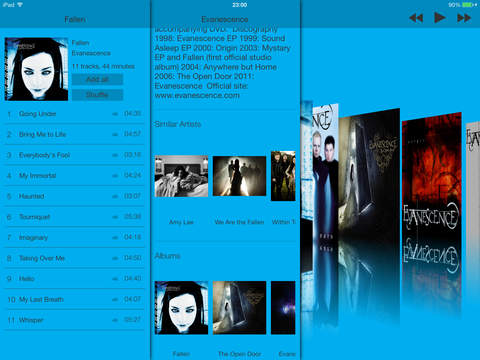

Once you log in, you will be asked to allow the Spotify app all the permissions that we entered in the scope. You will have to create a new connection to test your custom connector.Ī window will pop-up asking you to log in to Spotify (if you aren’t already logged in to it in that same browser window). Next, click on “Import from Sample” under the Request section to define the endpoint weĬlick on “Update Connector” and then go to the last tab ‘Test”. We will try some other API endpoints at a later stage. Copy it and paste it on your Spotify app’s settings and save it.įor the Definition step, let’s create an action to get the current song playing on Spotify. You will now see that the redirect URL has been created.

So, don’t select it please.Ĭlick on create connector. If you select Spotify under the identity provider, it messes up the scope and doesn’t prompt you to allow for all permissions that you entered in the scope. You can add / modify this later based on your requirement. For this blog post, the scope above will be sufficient for all the actions that we want to perform. Scope defines what permissions you want to give to you to your Spotify app. For Scope : user-read-currently-playing user-modify-playback-state playlist-modify-private playlist-read-collaborative playlist-read-private user-read-playback-state.Redirect URL – This will be generated after you click on create connector.Now, you will see a wizard kind of experience with 4 steps, each of which I have described below with the screenshots.
#SPOTIFY ALBUM FLOW FREE#
So, I would highly recommend getting the free trial.įollow the steps below to create an app on the Spotify developer portal – If you don’t have Spotify premium, you can still use the custom connector, however, you won’t be able to play specific tracks.

If you are thinking about not doing this because custom connectors are premium, WAIT! You can create a community plan for your personal use for free! Step 1 – Register an app on Spotify Step 3 – Use in Power Automate and Power App.In this blog post, we will create a custom connector to connect to the Spotify API and use it to search for tracks, play a sound track and get the current playing track. I actually wanted to use a custom connector, however, for some reason that wasn’t working correctly and that’s why we had to use HTTP actions in flow and I had to generate a refresh token every hour and change it in the flow. When I built the flow (in the backseat of the pickup) I couldn’t make the best optimized version of it. Adventures in Community 29 – SPS Cinci and the #FlowFam Road Trip to Summit


 0 kommentar(er)
0 kommentar(er)
